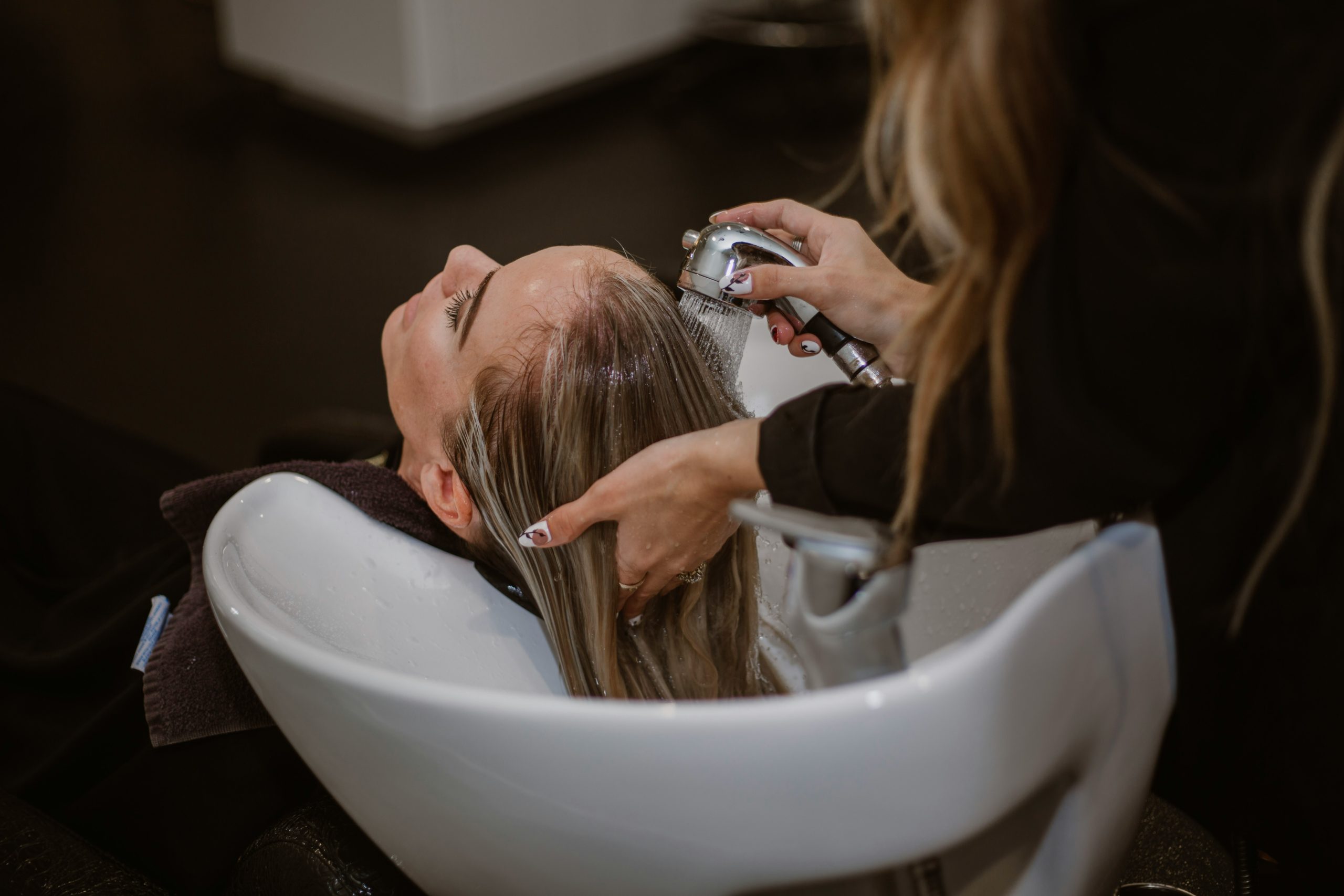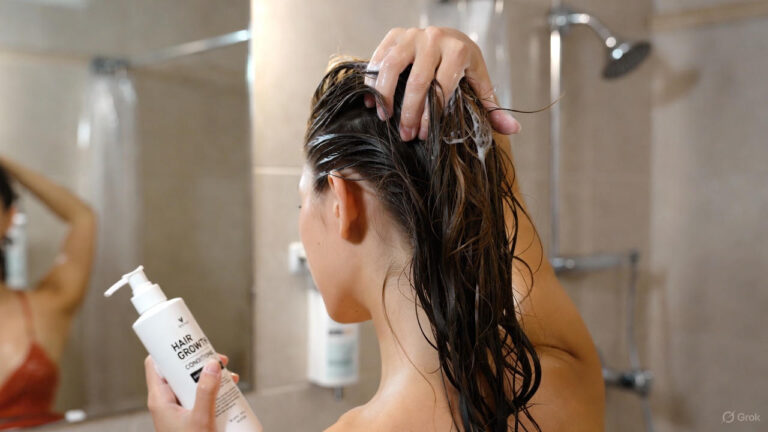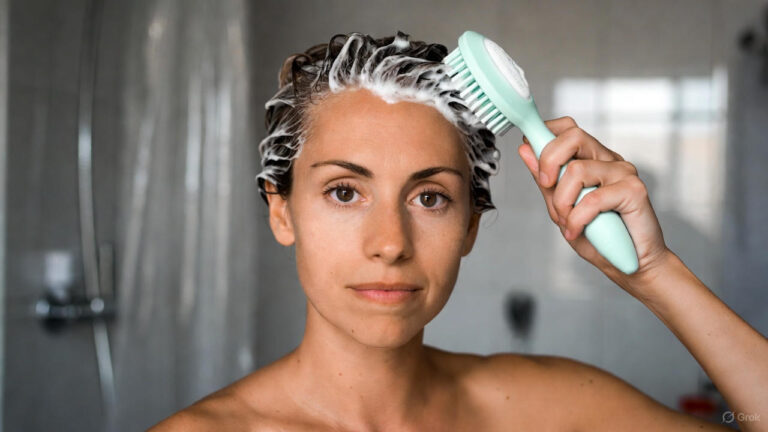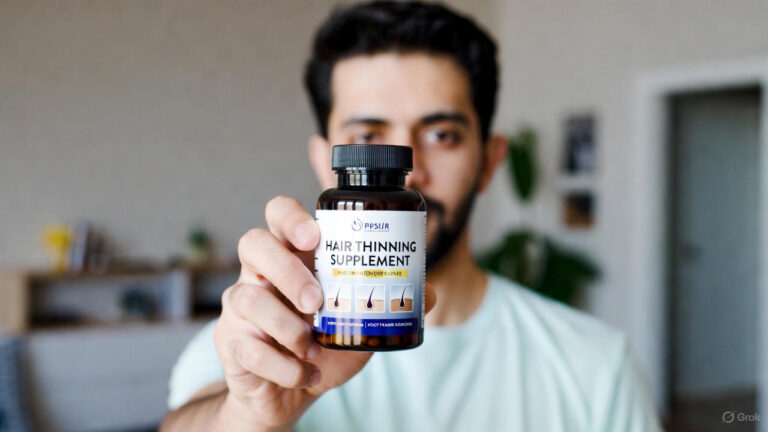For centuries, cultures around the world have recognized the therapeutic benefits of scalp massages, using them not only to promote hair growth but also to alleviate stress, improve circulation, and nourish the scalp and hair follicles.
In recent years, scalp massages have gained popularity in the beauty industry, with many hair care experts and enthusiasts touting their effectiveness in achieving healthy, beautiful hair.
In this article, we’ll delve into the importance of regular scalp massages for hair growth, exploring their benefits, techniques, and tips for incorporating them into your hair care routine.
The Benefits of Scalp Massages for Hair Growth
Scalp massages offer a multitude of benefits for both the scalp and hair, making them a valuable addition to any hair care routine. One of the primary benefits of scalp massages is their ability to improve blood circulation to the scalp.
By gently massaging the scalp, you stimulate blood flow to the hair follicles, delivering essential nutrients and oxygen that promote healthy hair growth.
Additionally, scalp massages help to relax the muscles and reduce tension in the scalp, which can improve overall scalp health and create a conducive environment for hair growth. By relieving stress and tension, scalp massages may also help reduce hair loss caused by chronic stress or anxiety.
Furthermore, scalp massages can help distribute natural oils produced by the scalp, such as sebum, throughout the hair shaft, resulting in softer, more hydrated hair. This can be especially beneficial for individuals with dry or brittle hair, as it helps moisturize and nourish the hair from root to tip.
Techniques for Effective Scalp Massages
While the benefits of scalp massages are undeniable, achieving optimal results requires proper technique. Here are some tips for performing effective scalp massages:
- Start with clean hair: Begin by washing your hair with a gentle shampoo to remove any dirt, oil, or product buildup from the scalp. Clean hair allows for better penetration of massage oils and ensures that the scalp is free from impurities.
- Use the right pressure: Apply gentle pressure when massaging the scalp to avoid causing discomfort or irritation. Use your fingertips to massage the scalp in small circular motions, working your way from the front of the scalp to the back.
- Focus on key areas: Pay special attention to areas where tension tends to accumulate, such as the temples, crown, and nape of the neck. Spend extra time massaging these areas to release tension and improve circulation.
- Incorporate massage oils: For added benefits, incorporate nourishing oils into your scalp massage routine. Natural oils such as coconut oil, olive oil, and almond oil are rich in vitamins and antioxidants that can help nourish the scalp and promote healthy hair growth.
- Be consistent: Consistency is key when it comes to scalp massages. Aim to incorporate scalp massages into your hair care routine at least a few times a week to reap the full benefits.
Tips for Using Scalp Massages into Your Hair Care Routine
Integrating scalp massages into your hair care routine doesn’t have to be complicated. Here are some simple tips for making scalp massages a regular part of your self-care regimen:
- Schedule regular massage sessions: Set aside dedicated time each week for scalp massages, whether it’s before shampooing your hair or as part of your nighttime relaxation routine.
- Combine with other treatments: Enhance the benefits of scalp massages by combining them with other hair care treatments, such as deep conditioning masks or hair growth serums.
- Use a scalp massage tool: Consider investing in a scalp massage tool, such as a vibrating scalp massager or a handheld massage brush, to make your scalp massages more effective and enjoyable.
- Listen to your body: Pay attention to how your scalp feels during the massage and adjust the pressure and intensity accordingly. It’s essential to listen to your body’s cues and avoid overstimulating the scalp.
- Make it a mindful practice: Use scalp massages as an opportunity to practice mindfulness and relaxation. Focus on the sensation of your fingertips against your scalp and allow yourself to unwind and destress.
Conclusion
Using regular scalp massages into your hair care routine can have a transformative effect on the health and growth of your hair. By improving blood circulation, reducing tension, and nourishing the scalp and hair follicles, scalp massages offer a holistic approach to achieving healthy, beautiful hair. Whether you prefer to use your fingertips or invest in a specialized scalp massage tool, taking the time to care for your scalp is an investment in the overall health and vitality of your hair.
FAQs
Q1: How often should I perform scalp massages for optimal results?
Aim to perform scalp massages at least a few times a week to reap the full benefits. Consistency is key when it comes to promoting hair growth and scalp health.
Q2: Can scalp massages help with hair loss?
While scalp massages alone may not reverse hair loss, they can help improve circulation to the scalp and create a conducive environment for hair growth. For severe or persistent hair loss, it’s essential to consult with a dermatologist or healthcare professional for personalized treatment options.
Q3: Can I perform scalp massages on dry hair?
While it’s possible to perform scalp massages on dry hair, it’s generally more comfortable and effective to do so on clean, damp hair. Wet hair allows for better penetration of massage oils and helps to soften the scalp and hair follicles.
Q4: Are there any contraindications for scalp massages?
Scalp massages are generally safe for most individuals, but there are some contraindications to consider. If you have any scalp conditions such as psoriasis or eczema, it’s essential to consult with a dermatologist before performing scalp massages to avoid exacerbating the condition.
Q5: Can scalp massages help with dandruff?
Scalp massages can help improve circulation and reduce flakiness associated with dandruff by loosening dead skin cells and promoting a healthy scalp environment. However, for persistent dandruff, it’s advisable to use medicated shampoos or consult with a dermatologist for proper treatment.



